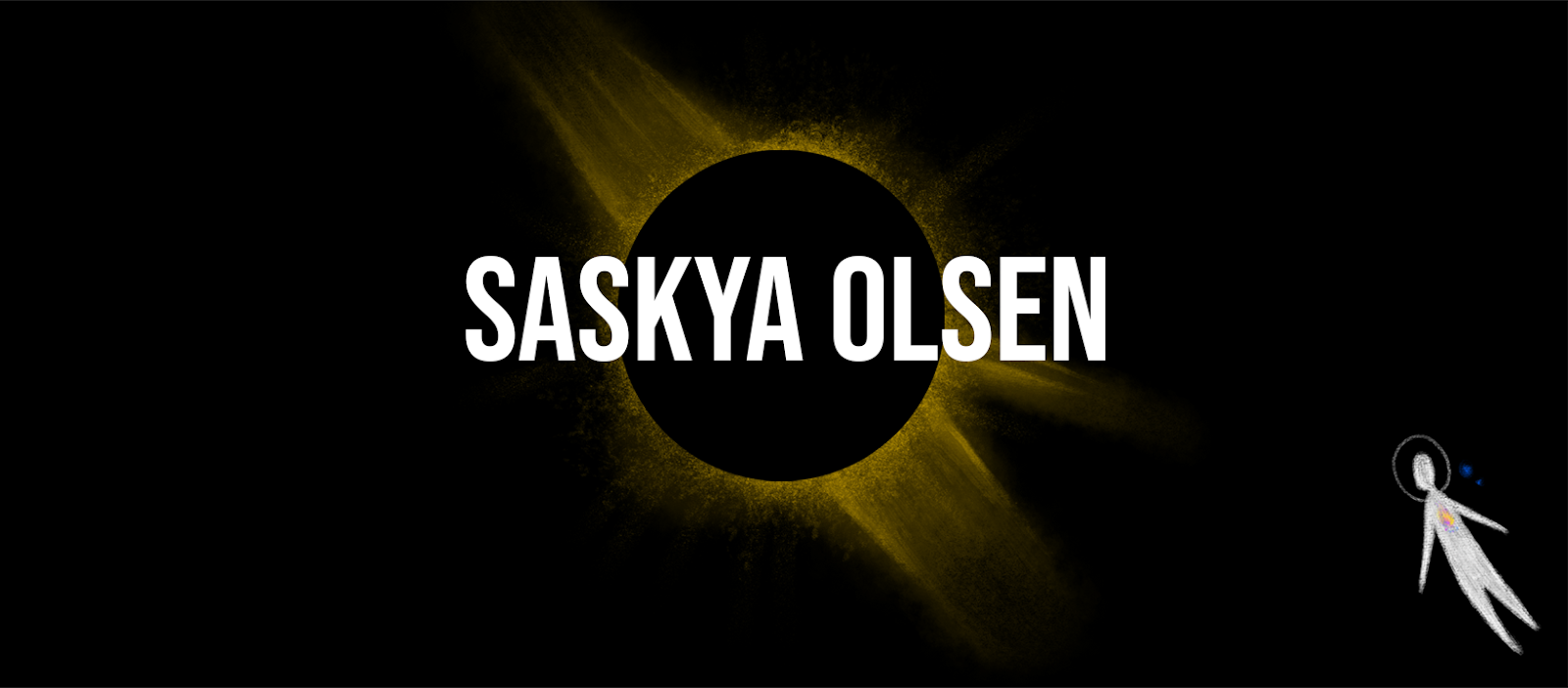Looking into Existing Media - 'From script to Screen' research
That Peter Kay Thing
A series that looks at the lives of the mundane working British, turning dullness into comedy using relatability. Each episode uses recognisable environments such as service stations, ice cream vans and bingo halls, and infuses these spaces with strange individuals we have all met on the street; the overly passionate and egotistical. The low-budget handheld style and low colour saturation creates a series so depressingly real that it becomes funny.- I was heavily inspired by the use of opening text titles, and ultimately applied this to my own mockumentary.
- The use of hard and simple cuts seem to work well with satire comedy, as it amplifies shock factor and hit-of-the-joke.
- The show doesn't use studio laughing or any pause for laughter, it can therefore be difficult to catch a joke. However, making a viewer search for a joke can make a show more Whitty, even more so when a joke relies on niche references.
- The show has a clever style, focusing on the blandest of plots and story arch's, and still finds a way to make the show entertaining. Each episode seems to either introduce a loveable or hateable character, and this makes their story arch interesting to watch; we want to see the outcome of the character we have grown to understand. Relatability is what creates such a strong connection between character and audience, as we feel as though we know the people on screen.
Best In Show
A mockumentary looking into the lives of fake entrants in a prestige dog show. Relatability is harder to grasp, since it gravitates towards traditional American culture. What is relatable however, is each characters' overwhelming affection for their dogs, something we can observe from strangers on the street. This film comedically amplifies a persons' love for animals, and the watch quickly turns into an intense battle for victory, to win the show.
- The style of cinematography is reminiscent of a TV camera crew; nowhere near the high standard of a typical film, creating the feel of a television programme instead of a blockbuster. This is down to the use of handheld camera shake and characters breaking the fourth wall.
- The audience is at the vantage point of a member of the crew and we become fully immersed in a characters' dialogue, as it is directed at us.
- Character design and compatibility is an important element to this film; an area of further comedy as many of the characters share personalities and appearances with their dogs.
The Office (UK)
An observation of the outrageously bland employees of a paper-manufacturer office building in the UK. This mockumentary has a slightly different approach to other viewings mentioned so far, as the camera directly interacts and affects the story, a strong character in the show. The Office uses common colleague stereotypes, such as the egotistical manager, as its source of comedic edge by amplifying their personalities and confronting them with an invasive camera.
- The shows' use of bland and low-saturated colours reflect mundane work life, creating an unusually boring atmosphere not typical of normal television.
- David steals the show, portraying a manager with a desperate need to stay relevant and popular with to his co-workers. I found this character an inspiration for my own mockumentary, so driven to be a 'cool manager', that he endlessly risks his job.




Comments